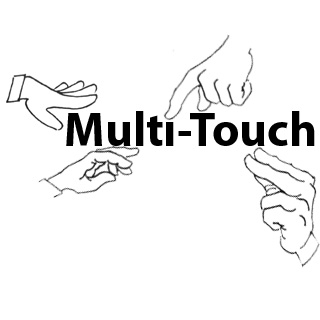A Blu Apple?
22 02 2008With the recent victory of Blu-Ray as the next-gen format, and with Apple belonging to the Blu-Ray disc camp since 2005, it is only natural that we should start to see Blu-Ray in Apple products.
Apple has long been known to bring new standards to the table. Take USB, or the floppy drive for example: When the original iMac was introduced with just USB, hardware manufactures scrambled to make peripherals, even though PC’s had been shipping with USB for years. While the switch was annoying for the early buyers, the iMac is credited for making USB what it is today — and for killing off the floppy.
Others, and myself, speculated for the past 3 years that we would soon see the introduction of Blu-Ray drives into Apple products — particularly as a build-to-order (BTO) option! However, over these past few years the HD-DVD/Blu-Ray battle rocked us all, and that could be the reason behind the inaction. Was Apple waiting for a clear winner? Is Blu-Ray still too expensive, even for BTO?! After all, Steve Jobs said that 2005 was the year of High-Def! We are almost three months into 2008!
What that reason was, or is, we will find out soon. I get the feeling that this year, we will see Blu-Ray drives in Macs, possibly standard but most likely BTO. Also, conveniently, with the AppleTV and iTunes shift into the living room, we could see another possible collaboration between Apple and Blu-Ray. It is also good to keep in mind that Steve Jobs is the largest shareholder in Disney, which supported the Blu-Ray camp since the beginning. Be it a free digital download with purchase of a Blu-Ray disc, a hardware upgrade to the Apple TV or something else, time can only tell. The future is Blu.
Categories : Apple, Hardware



 RSS 2.0
RSS 2.0